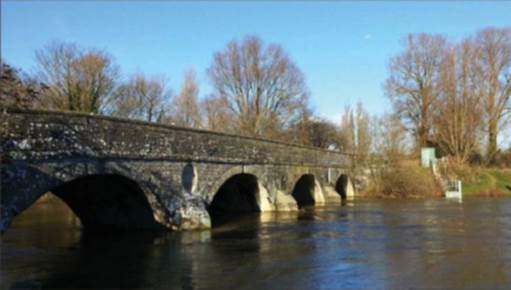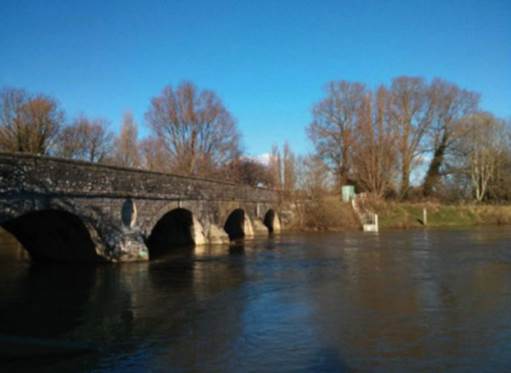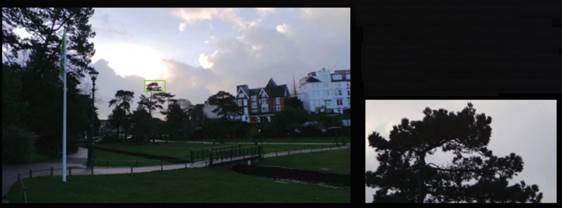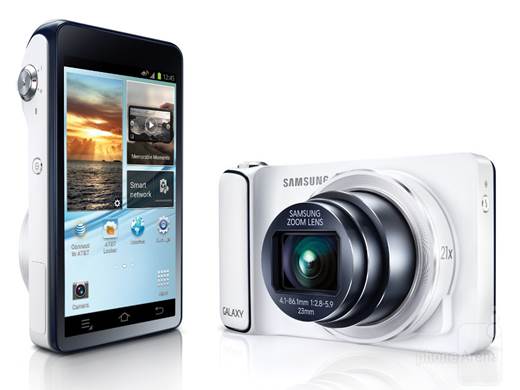Test shots
How do the cameras match up?
Samsung Galaxy Camera
In good light, images from the Galaxy
Camera show accurate colors, good exposure and are crisp and vibrant. The
camera has the ability to shoot at different sizes and with different aspect
ratios for added control.

Samsung
Galaxy Camera
Sony Xperia T
The Xperia T produces images of good
exposure and color, and are sharp and pleasing to the eye. Shutter lag was not
in evidence, but the camera was generally slower in functioning than the others
on test.

Sony
Xperia T
Nexus 4
The Nexus 4 shots, in 4:3 ratio, are of a
satisfactory quality, although are slightly cold in tone, less vibrant than the
other cameras and a touch underexposed. Its Camera app has a few unique tricks
available though.

Nexus
4
HTC One X+
Images from the One X+ are extremely
vibrant to the point of being oversaturated (which tended to show itself even
more in the red channel). They do look stunning on the HTC’s screen, but less so
when printed.

HTC
One X+
The benefits of optical zoom
The Galaxy Camera’s killer feature is the
21x optical zoom, which gives the kind of creative control over your
composition that a smartphone simply cannot match. It’s not perfect, though. We
found it a touch soft at the long end of the zoom, and it’s also very difficult
to track moving objects when zoomed. But if you work within its limitations and
quirks, it offers many rewards.

The
Galaxy Camera’s killer feature is the 21x optical zoom, which gives the kind of
creative control over your composition that a smartphone simply cannot match
The winner…
Samsung Galaxy Camera
Having spent the last few weeks taking
hundreds of shots with the Galaxy Camera we have grown to respect the device in
many ways. Granted it won’t replace a professional DSLR and it lacks the phone
element for ultimate convergence, but boy is it easy to use. For those who want
a device to learn the various expert modes or how a particular function works
then it’s an ideal stepping stone into the professional world.
You have so many easy to access modes that
we have to admit this made the device exciting to use and experiment with –
certainly far great than any of the other smartphones could muster! Its Android
experience was no slouch either and Samsung has thrown in a powerful
specification list and a host of apps to support the camera.

The
winner is Samsung Galaxy Camera
From the smartphone entries, the Sony
Xperia T was the best out of the three at producing a consistent range of
quality images. That’s not to say it didn’t struggle in some areas, as it
lacked some features of the HTC and its low-light shots were a tad noisy, but
it was still the best choice.
Sadly, while the HTC offered a better
Android experience, its final image quality was disappointing with several
traces of overexposure evident in the majority of shots (though conditions were
slightly overcast at the time of testing).
The LG suffered on the opposite end of the
scale with underexposure, but if you can live with adjusting the white balance
or enabling the device’s HDR mode then it can provide some really good shots
for a simple point-and-click shooter, especially at its bargain price.
HTC One X+
·
Processor: Quad-core 1.7GHz
·
Memory: 1GB RAM, 64GB storage (Dropbox 25GB
online but no SD expansion)
·
Camera: 8-MP rear (LED flash), 1.6-MP front
camera with 720p video recording
·
Platform: Android OS, v4.1.1 (Jelly Bean)
·
Display resolution: 4.7” (312ppi) Corning
Gorilla Glass 2, 720 x 1,280
·
Weight: 135g
·
Dimensions: 134.4 x 69.9 x 8.9mm
·
Connectivity: Fi, Bluetooth 4.0, GPS, HSDPA 21
Mbps, HSUPA 5.76 Mbps, TV-out
·
Overall score: 2/5
LG Google Nexus 4
·
Processor: Quad-core 1.5GHz Krait
·
Memory: 2GB RAM, 16GB storage (no micro SD card
expansion)
·
Camera: 8-MP rear (LED flash), 1.3-MP front
camera, 1080p full HD video
·
Platform: Android OS, v4.2.1 (Jelly Bean)
·
Display resolution: 4.7” (318ppi), 768 x 1,280
·
Weight: 139g
·
Dimensions: 133.9 x 68.7 x 9.1mm
·
Connectivity: Wi-Fi, Bluetooth 4.0, GPS,
DC-HSDPA, 42 Mbps, HSDPA 21 Mbps, HSUPA, TV-out
·
Overall score: 3/5
Sony Xperia T
·
Processor: Dual-core 1.5GHz Krait
·
Memory: 1GB RAM, 16GB storage (expandable via
micro SD card slot up to 32GB)
·
Camera: 13-MP rear (LED flash), 1.3-MP with 720p
video, 1080p full HD video
·
Platform: Android OS, v4.0.4 (ICS)
·
Display resolution: 4.55” (323ppi) shatter proof
and scratch-resistant glass, 720 x 1,280
·
Weight: 139g
·
Dimensions: 129.4 x 67.3 x 9.4mm
·
Connectivity: Wi-Fi, Bluetooth 3.1, GPS, HSDPA,
42.2Mbps; HSUPA, 5.76 Mbps, TV-out
·
Overall score: 4/5
Samsung Galaxy Camera
·
Processor: Quad-core 1.4GHz Cortex-A9
·
Memory: 1GB RAM, 8GB storage (plus micro SD and
50GB Dropbox storage)
·
Camera: 16-MP rear (Xenon flash), 21x optical
zoom, 1080p full HD video @30fps
·
Platform: Android OS, v4.1.2 (Jelly Bean)
·
Display resolution: 4.8” (306ppi) Corning
Gorilla Glass 2, 720 x 1,280
·
Weight: 300g
·
Dimensions: 70.8 x 128.7 x 19.1mm
·
Connectivity: Wi-Fi, Bluetooth 4.0, GPS, HSDPA,
21 Mbps; HSUPA, 5.76 Mbps, micro HDMI
·
Overall score: 5/5